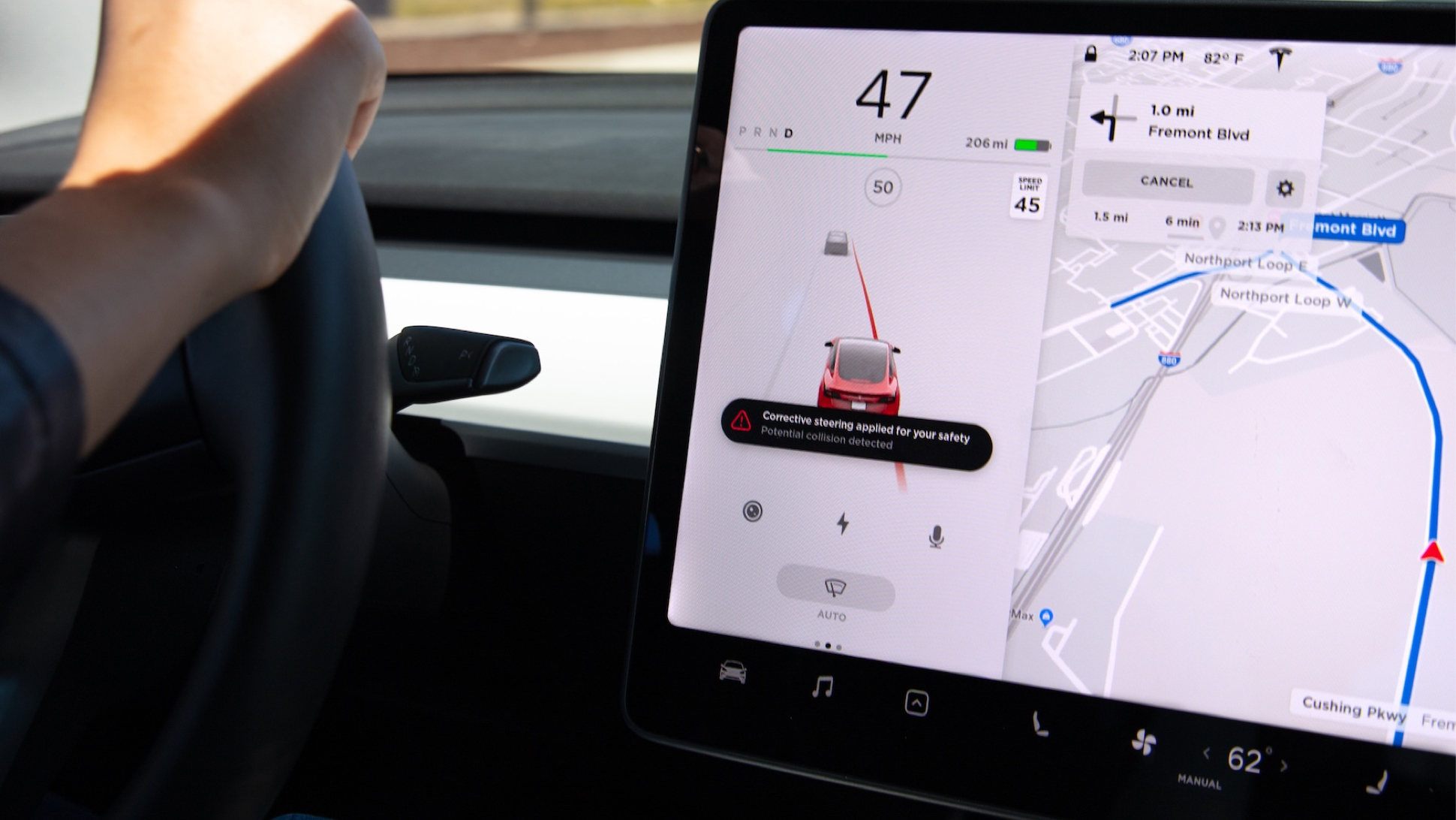

Tesla’s Autopilot woes continue to plague the company as the National Transportation Safety Board has confirmed that the company’s advanced driver assistance system was engaged during a fatal crash on March 1 of this year.
The accident, which involved the Tesla Model 3 driving into and then under a semi’s trailer, saw the Tesla’s roof sheared completely off the car and its occupant instantly killed. According to the NTSB, “Preliminary data from the vehicle show that the Tesla’s Autopilot system—an advanced driver assistance system (ADAS) that provides both longitudinal and lateral control over vehicle motion—was active at the time of the crash. The driver engaged the Autopilot about 10 seconds before the collision.” The NTSB gathered that during the accident, neither the Model 3’s ADAS nor the driver, attempted to alter course before the fatal accident.
While the NTSB ultimately doesn’t say who or what is responsible for the collision as the investigation is ongoing, it does imply that the Model 3 driver relied too heavily on the car’s ADAS, saying, “From less than 8 seconds before the crash to the time of impact, the vehicle did not detect the driver’s hands on the steering wheel. Preliminary vehicle data show that the Tesla was traveling about 68 mph when it struck the semitrailer. Neither the preliminary data nor the videos indicate that the driver or the ADAS executed evasive maneuvers.”
The Drive’s own Alex Roy has delivered a detailed rebuke in the past on the Model 3’s Autopilot interface as to it not being as intuitive as the Model S’s and that “Tesla cannot solve the Autopilot UI problem fast enough.” He ended his call of concern over the interface by stating that the interface’s poor design and driver interactions are “to Autopilot users’ peril.”
The NTSB’s proclamation also lines up with previous statements made by the investigative body concerning Tesla’s ADAS Autopilot. One report, issued after another fatal accident in Florida, said, “Contributing to the car driver’s overreliance on the vehicle automation was its operational design, which permitted his prolonged disengagement from the driving task and his use of the automation in ways inconsistent with guidance and warnings from the manufacturer.”
Following the NTSB’s report, Tesla stated that “We are deeply saddened by this accident and our thoughts are with everyone affected by this tragedy. Tesla drivers have logged more than one billion miles with Autopilot engaged, and our data shows that, when used properly by an attentive driver who is prepared to take control at all times, drivers supported by Autopilot are safer than those operating without assistance.”
The Drive’s editors have previously opined on Musk and Co.’s overestimation and misrepresentation of what Autopilot is and isn’t. We’ve repeatedly stated that no car on sale today is autonomous and that Tesla—and Musk himself—should make that abundantly clear to those without the technical knowledge to understand the different levels of autonomy. People’s lives are at stake and a distinction should be made well-known. Perhaps, after this tragic accident, we’ll see Tesla offer clearer definitions of what its Autopilot is.